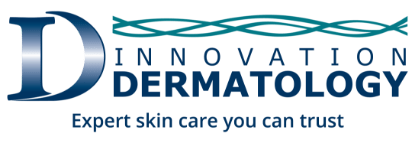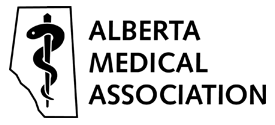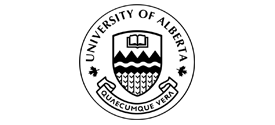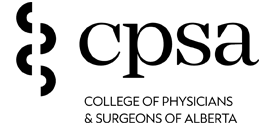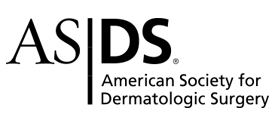Red Deer Hair Growth
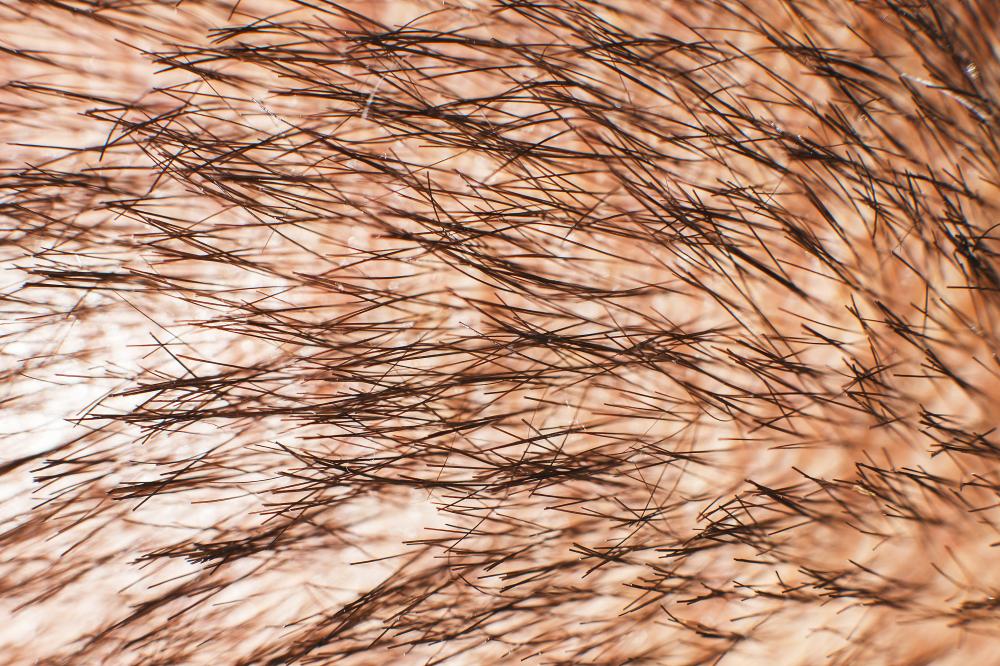
Understanding Red Deer Hair Growth
At Innovation Dermatology, we're dedicated to advancing our understanding and treatment of various dermatological conditions, including the intriguing topic of Red Deer Hair Growth. This topic, while unique, encompasses a broad spectrum of considerations, including genetics, environmental factors, and potential treatments for enhancing hair growth and health.
Genetics and Hair GrowthOne cannot discuss Red Deer Hair Growth without delving into the genetic factors that influence hair qualities. Just as in humans, the hair growth of red deer is subject to genetic predispositions, affecting everything from hair density to coloration. It's fascinating to draw parallels between these genetic influences and those we see in our patients at Innovation Dermatology.
Environmental InfluencesEnvironmental factors play a significant role in Red Deer Hair Growth. Seasonal changes, for instance, can lead to periods of rapid growth or shedding. These patterns mirror what many individuals experience, highlighting the importance of considering environmental impacts when addressing hair health and growth in our clinical practice.
Promoting Healthy Hair Growth
At our clinic, we emphasize the importance of a holistic approach to Hair Restoration. While the specifics of Red Deer Hair Growth are distinct, the underlying principles of promoting a healthy environment for hair to thrive apply universally across species.
Nutritional Support for Hair HealthNutrition plays a pivotal role in promoting healthy hair growth. Just as red deer require a diet rich in nutrients to support their coat, humans benefit from a diet that supports hair health. We often recommend supplements and dietary changes to our patients, aiming to provide their hair with the building blocks it needs to grow strong and healthy.
Advanced Treatment OptionsFor those seeking to enhance their hair growth and quality, we offer a range of advanced treatment options. Technologies such as Laser Therapy and PRP (Platelet-Rich Plasma) treatments, which have shown promise in stimulating hair follicles and promoting hair growth, might be inspired by nature's way of ensuring Red Deer maintain their impressive coats.
Overcoming Common Hair Challenges
Hair loss and thinning are common issues that many of our patients face. By examining how red deer adapt to such challenges in their natural habitats, we can better understand and innovate solutions for humans struggling with similar issues.
The Role of Stress in Hair LossStress significantly impacts hair health, contributing to conditions such as Telogen Effluvium. Understanding how stress affects Red Deer Hair Growth can offer insights into our stress management strategies for patients experiencing stress-related hair loss.
The Future of Hair Growth Research
As we continue to explore the intricacies of Red Deer Hair Growth, we remain committed to translating these findings into actionable insights for human hair health. Our research and treatment approaches are constantly evolving, inspired by the natural world around us.
Innovative Approaches to Hair RestorationInnovation Dermatology is at the forefront of developing innovative approaches to hair restoration. Whether through cutting-edge surgical techniques or non-invasive treatments, we're dedicated to finding the best solutions for our patients.
- Genetic analysis to tailor treatments
- Environmental adjustments for optimal hair health
- Advanced nutritional and topical therapies
Embracing Natural Solutions
In our journey to provide the best care for our patients, we often look to nature for answers. The study of Red Deer Hair Growth is just one example of how the natural world can inspire human health advancements. At Innovation Dermatology, we believe that understanding and working with nature's principles is key to achieving and maintaining healthy hair.
Personalized Care at Innovation DermatologyEvery patient's hair growth journey is unique, and at Innovation Dermatology, we tailor our treatments to meet those individual needs and goals. Inspired by the natural resilience and beauty of red deer, we approach each case with a fresh perspective, aiming to offer the most effective and innovative treatments available.
Red Deer Hair Growth is more than just a curiosity--it's a reminder of the complexity of hair health and the potential for cross-species insights to inform and improve human dermatological care. At Innovation Dermatology, we're excited to continue exploring this fascinating topic and to apply our findings in ways that benefit our patients. For those interested in learning more about how we can help address your hair growth and health concerns, we invite you to reach out and schedule a consultation.
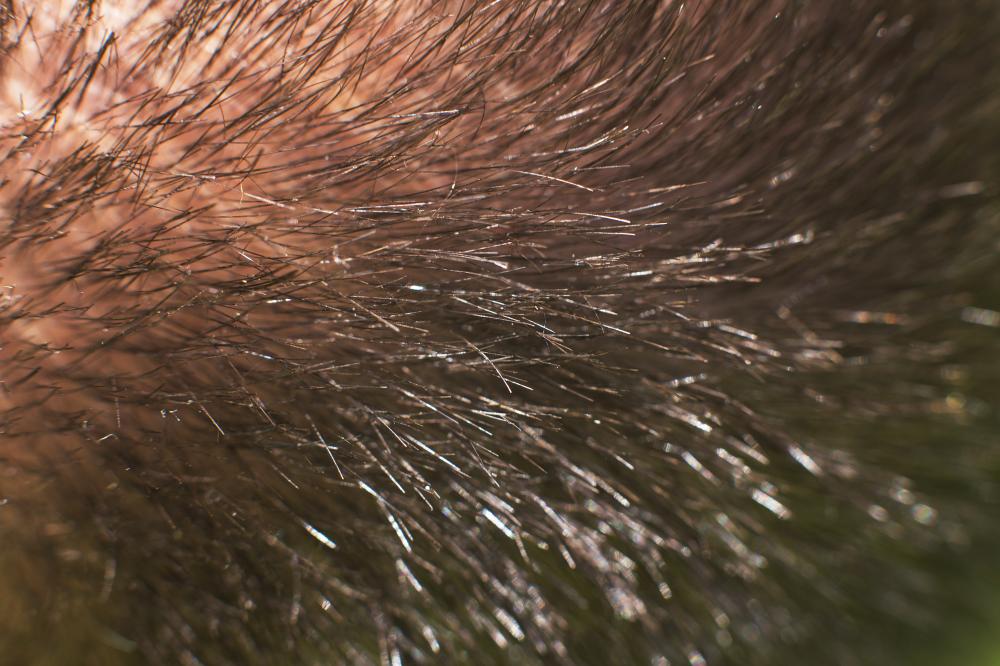
Does Deer Antler Velvet Help Hair Growth?
It's an intriguing question! Deer Antler Velvet has been explored in various medicinal and supplemental contexts, praised for its potential health benefits due to its rich composition of growth factors, minerals, and amino acids. When we talk about hair health, these constituents are indeed closely aligned with what we consider beneficial for promoting hair growth and strength. However, it's imperative to approach this subject with a nuanced understanding. Scientific evidence directly linking Deer Antler Velvet to human hair growth is limited, and while the foundational components for promoting hair health are present, individual results may vary. Anecdotally, some users report improvements in hair thickness and health, which could be attributed to the overall nutritional boost Deer Antler Velvet provides. If you're considering this as a hair growth strategy, it might be worthwhile, but keep an eye on emerging research to make an informed decision.
At What Age Does Hair Stop Growing on Your Head?
This question touches on a common concern. The truth is, hair doesn't exactly stop growing based on age alone; rather, the growth cycle may slow down, and the hair follicles can become less productive over time. Many factors influence this process, including genetics, hormonal changes, health conditions, and even stress levels. Typically, people notice changes in hair growth and density around their 50s and 60s, but this can vary widely. It's also noteworthy that hair growth occurs in cycles, and as we age, the hair's growth phase shortens, leading to thinner, shorter hairs. Moreover, some follicles stop producing hair altogether. Maintaining a healthy lifestyle and seeking personalized care for hair concerns can mitigate some of these effects.
How Long Does it Take for Pulled Hair to Grow Back?
Pulled hair regrowth depends significantly on the health and the phase of the hair growth cycle of the specific follicle at the time of being pulled out. On average, hair on the scalp grows about half an inch per month, and a fully pulled-out hair (root included) will typically start to regrow within the same timeline. However, if the hair follicle has been damaged during the pulling process, it might take longer or, in severe cases, may not regrow at all. Stress factors, such as Trichotillomania (a disorder characterized by the urge to pull out one's hair), can further complicate this process. Nurturing scalp health and addressing any underlying issues is crucial for recovery and regrowth.
How Long is the Hair Growth Cycle?
The hair growth cycle consists of three distinct phases: Anagen (growth phase), Catagen (transitional phase), and Telogen (resting phase). The Anagen phase can last from 2 to 7 years and determines the length of the hair. Following this, hair enters the Catagen phase for about 2 to 3 weeks, where it detaches from the blood supply and moves up the follicle. Finally, during the Telogen phase, which lasts about 3 months, hair rests until it eventually falls out, and a new hair begins the cycle again. This cycle is continually occurring at different rates across various follicles on the scalp, which prevents all your hair from falling out at once. Understanding this cycle is pivotal in addressing hair growth concerns and developing effective treatment plans.
What is the Role of Nutrition in Hair Health?
Nutrition cannot be overstated when it comes to hair health. Just as the right nutrients can bolster hair strength, shine, and growth, deficiencies can lead to noticeable issues like increased shedding, dullness, or even hair loss. Foods rich in proteins, vitamins (A, C, D, and E), minerals (such as iron, zinc, and selenium), and fatty acids contribute greatly to the hair's nourishment. Incorporating a balanced diet that includes these nutrients can create a significant positive impact on hair health. For example, omega-3 fatty acids, found in fish oils and flaxseeds, promote scalp health and hair density. Remember, while topical treatments and care routines are important, healthy hair truly does start from within.
How Does Stress Impact Hair Loss?
The connection between stress and hair loss is well-documented yet often underestimated. Stress can lead to several conditions that precipitate hair loss, such as Telogen Effluvium, where hair prematurely shifts to the resting phase and subsequently falls out. Additionally, stress can exacerbate conditions like Alopecia Areata, an autoimmune disorder causing patchy hair loss. It's also worth noting that stress can indirectly affect hair health by impacting sleep, diet, and overall well-being. Managing stress through various strategies, from lifestyle changes to seeking professional help, can significantly mitigate its impact on hair health. Remember, it's not just about reducing stress but also about fostering resilience and a healthy response to life's challenges.
Why is Embracing Natural Solutions Important for Hair Health?
Turning to nature for hair health solutions is not just about following a trend; it's about recognizing and harnessing the synergy between natural bodily processes and the environment. Ingredients derived from nature tend to be gentler, reducing the risk of irritation and adverse reactions often associated with synthetic alternatives. Moreover, natural solutions often provide a holistic benefit, addressing not just the symptoms but the source of hair concerns. For instance, essential oils like rosemary and peppermint can stimulate the scalp and promote circulation, fostering a healthier environment for hair growth. Embracing natural solutions is also a step towards sustainability, reducing the ecological footprint of our beauty routines. Ultimately, the path to healthy hair is as much about what we put on our bodies as what we put in them and how we interact with our environment.
Hair Growth Resources
- National Center for Biotechnology Information - Genetic Factors in Hair Growth - This article explores the genetic factors that influence hair growth and qualities.
- National Center for Biotechnology Information - Environmental Factors and Hair Growth - Learn about the impact of environmental factors on hair growth.
- National Center for Biotechnology Information - Nutrition and Hair Health - Discover the role of nutrition in promoting healthy hair growth.
- National Center for Biotechnology Information - Advanced Treatment Options for Hair Growth - Explore advanced treatment options for enhancing hair growth.
- National Center for Biotechnology Information - Stress and Hair Loss - Understand the relationship between stress and hair health.
